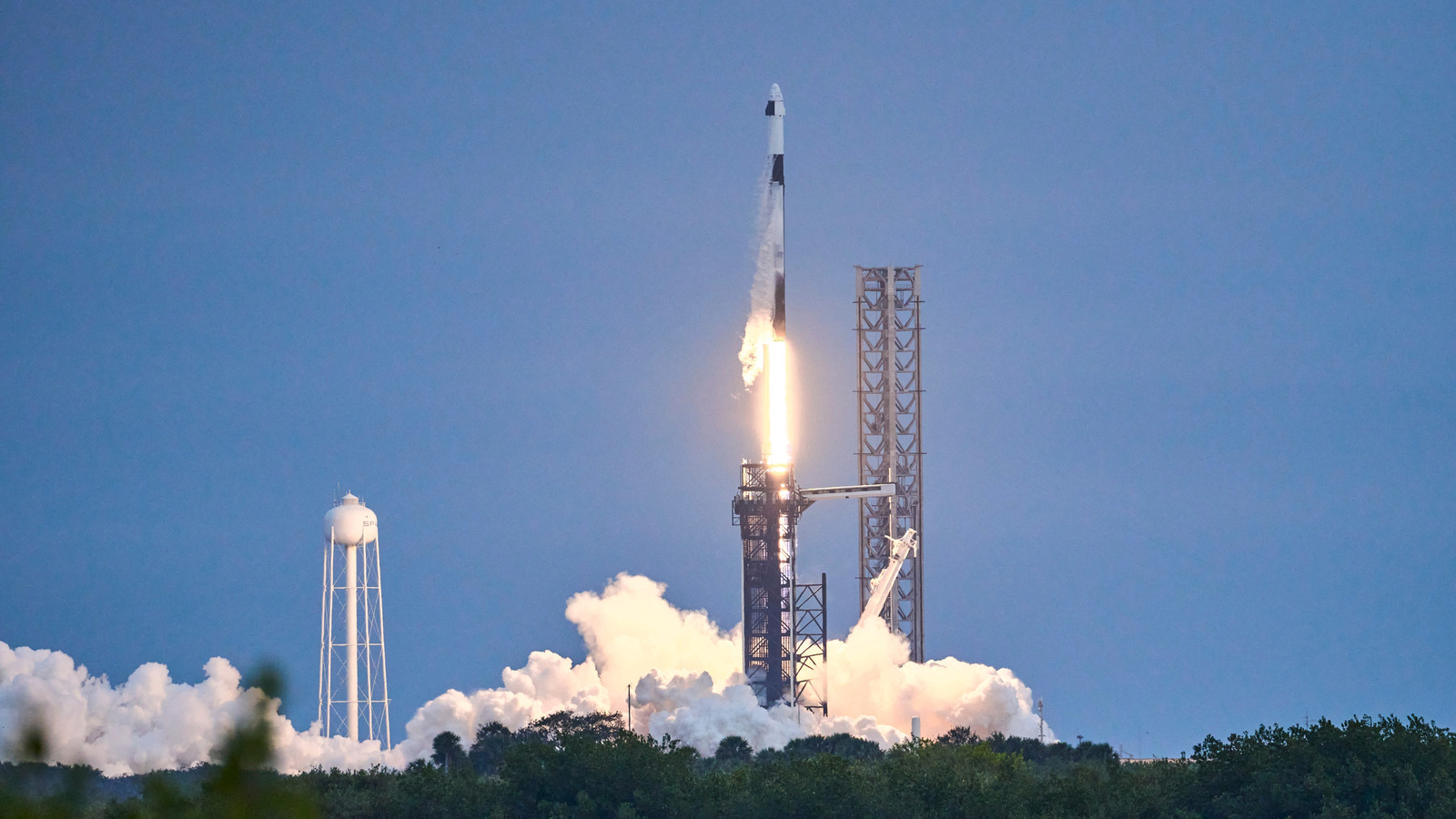Copyright jalopnik

That's still a huge number of orbiters all coming from one single service; the Starlink constellation now accounts for two-thirds of all working satellites. SpaceX's rapid drive to build out a proliferated constellation is filling up low-Earth orbit in a way that's never happened before. On the one hand, this has allowed for remote access to the internet that is unprecedented, helping everyone from sailors on Coast Guard ships to soldiers in the Ukraine War (when SpaceX CEO Elon Musk allows it). On the other hand, this many satellites in orbit makes the risk of collision very high. The U.S. Space Force currently keeps an eye on nearly 47,000 objects in space, from functioning and dead satellites to tiny pieces of debris. Starlink already does tens of thousands of maneuvers every year to avoid crashing into anything. But SpaceX wants tens of thousands more satellites in the near future. Meanwhile, other operators want to start creating their own satellites, from startups to big corporations to other countries. At this rate, space is going to get very full indeed. Any collision is a risk to all other satellites in orbit (because of the resulting debris field), and also to us here on the ground that might get struck by a stray piece. So it is indeed impressive that SpaceX has single-handedly changed the nature of humanity's presence in orbit, as this 10,000th satellite makes clear. What that change brings remains to be seen.



